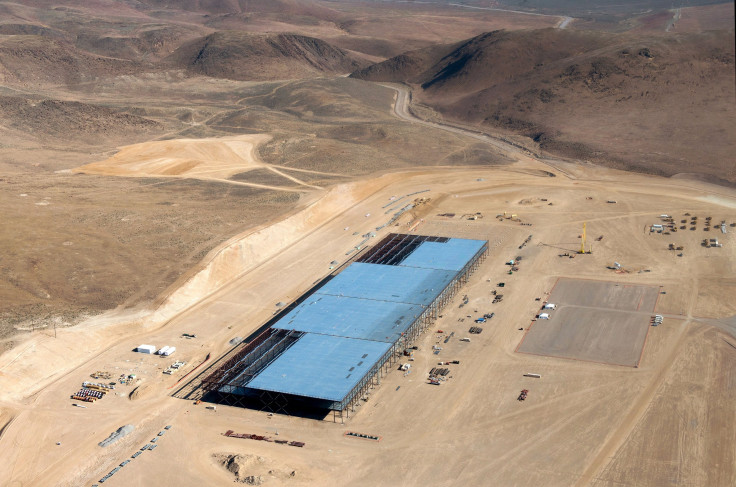Small Business Loses Out On US Economic Development Incentives, As States Favor Large Companies

When Manhattan Running Co. decided to buy a building in the northeastern Kansas college town it has called home for seven years, the owners were confronted with a $120,000 renovation. It was hardly a small sum for a new business with just 10 employees, and included in the expense was about $20,000 to make the building wheelchair accessible and compliant with the federal Americans with Disabilities Act building regulations.
“In a business like ours, we don’t get a lot of people in wheelchairs,” Manhattan Running co-founder Trey Vernon, a former Oklahoma State University runner, said. “We totally support ADA, but it can be difficult for a business of our size to cover the costs. Any kind of break on investments we’re forced to make would help.”
Vernon said his and other small businesses could benefit if state economic development programs paid closer attention to the rewards they bring to communities. Vernon and his business partner Ben Sigle, for instance, participate in dozens of footraces every year in the Kansas-Missouri region. Over the years they’ve helped raise about $250,000 for local charities, according to Vernon.
Vernon and Sigle, both avid runners, are among the millions of U.S. small-business owners who are largely shut out of state economic incentive programs that have a strong bias toward large companies, according to a study released Wednesday by Good Jobs First, a government accountability group that tracks business development incentive programs.
The report analyzed more than 4,200 economic development awards granted to companies in 14 states from 2007 to 2014. The analysis found that 90 percent of the $3.2 billion in economic development grants, tax credits and refunds, property tax abatements and job creation tax credits went to larger companies -- businesses with more than 100 employees, companies with 10 or more establishments, or firms that were not independently and locally owned.
“Given that we found such lopsided favoritism for big business, we recommend that states narrow their eligibility rules and exclude larger companies -- or at the least cap the dollars per company, or dollars per job created,” Greg LeRoy, executive director of Good Jobs First, said. “If you’re a local business, you’re more likely to bank locally, invest locally and be involved in local charity.”
Crucially, the study looked only at programs in which small businesses were eligible. By doing so, it was able to weed out the megadeals states typically offer multinationals like aerospace giant Boeing and German automaker Daimler. The research focused on programs ostensibly available to independently owned businesses with 100 employees or fewer and with nine or fewer establishments.
The analysis found most states favor big businesses over small in programs designed to help small businesses. According to the U.S. Small Business Administration (SBA), 60 percent of all jobs created since the end of the 2009 Great Recession were created by companies with between 20 and 499 employees.
Topping the list of big-business bias was Indiana’s Hoosier Business Investment Tax Credit, a corporate income tax incentive, and Nevada’s Personal Property Tax Abatement, a 50 percent property tax reduction. In both programs, 96 percent of the total $136.6 million went to businesses with more than 100 employees.
Out of the 14 states, more than half of the economic development funds granted more than 90 percent of their incentive deals to big companies. New York City’s Industrial Development Agencies and Wisconsin’s Economic Development Tax Credit were the most generous to small businesses, granting about 20 percent of their combined $214.7 million to such companies.
Vernon said programs are too focused on job creation and don’t take into account other economic benefits that small businesses like his running shop bring to communities.
“When we first started out, we looked at an SBA loan, but they only looked specifically at how many jobs we would create,” he said. “That’s a big hurdle for small-business loans -- they want to you to create a certain number of jobs, and they ignore other impacts small businesses have on communities.”
© Copyright IBTimes 2025. All rights reserved.






















